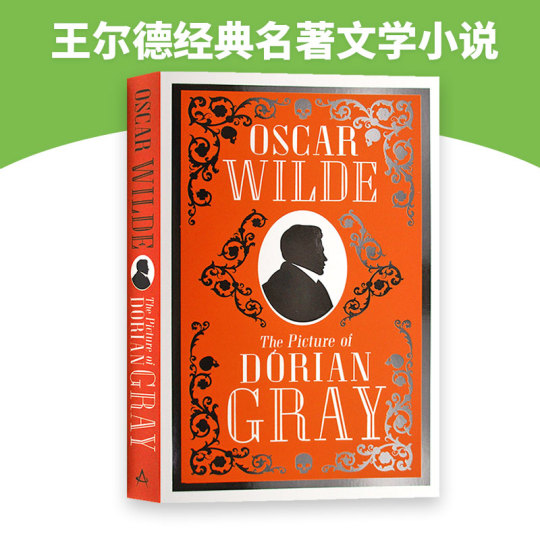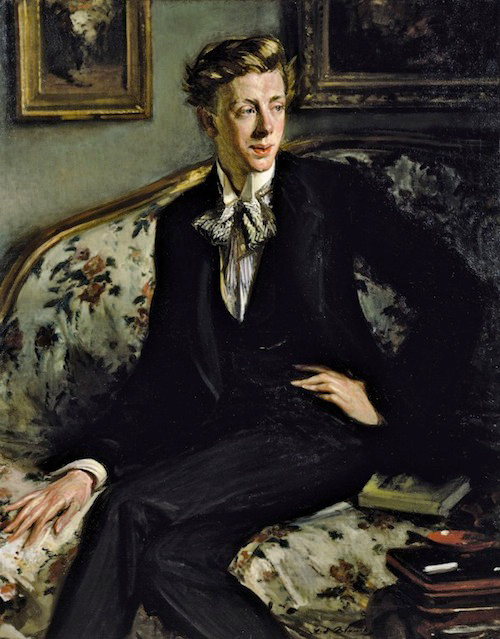The Picture of Dorian Gray: A Deep Dive into Oscar Wilde's Masterpiece

Oscar Wilde’s The Picture of Dorian Gray transcends its status as a mere novel; it’s a cultural touchstone, a philosophical exploration, and a chilling morality tale wrapped in exquisite prose. This examination will delve into the various facets of the book, exploring its enduring impact across different aspects of literature and culture. We will analyze the book through the lenses of genre, authorship, educational value, its place within libraries, and its profound cultural influence.
Genre and Literary Classification
The Picture of Dorian Gray defies simple categorization. While often labeled as a gothic novel due to its exploration of dark themes, decadent settings, and supernatural elements, it simultaneously transcends the genre’s boundaries. The novel’s exploration of aestheticism, the pursuit of beauty as the ultimate goal, firmly situates it within the Decadent movement. Its philosophical depth and witty dialogues also lend themselves to interpretations as a philosophical novel, prompting readers to confront questions of morality, hedonism, and the nature of the self. The supernatural element of the portrait acting as a vessel for Dorian’s sins adds a layer of fantasy, further complicating its genre classification. Finally, the homoerotic undercurrents, though subtly presented given the Victorian context, contribute to its classification as a work exploring LGBTQ+ themes, adding another layer to its complex literary identity. It’s a potent blend of gothic horror, philosophical inquiry, and social commentary, making it a unique and enduring work of literature.

The Gothic Element
The gothic elements in The Picture of Dorian Gray are primarily thematic rather than strictly atmospheric. While Wilde masterfully crafts scenes of intense beauty and decadence, often bordering on the grotesque, the true horror lies in the psychological deterioration of Dorian Gray. The decaying portrait acts as a visual manifestation of his moral corruption, a constant, unsettling reminder of the consequences of his actions. This internal struggle, more than any external threat, fuels the gothic atmosphere. The shadowed corners of Dorian’s life, his secret sins, and his eventual self-destruction all align with the core tenets of gothic fiction.
Decadence and Aestheticism

Wilde’s dedication to aestheticism, the “art for art’s sake” philosophy, is central to the novel. Dorian Gray’s obsession with beauty and youth becomes a representation of this pursuit, driving his actions and shaping his moral decay. The novel explores the consequences of prioritizing aesthetic values above moral ones, exposing the inherent dangers of unchecked hedonism and the superficiality of Victorian society. This focus on beauty, pleasure, and the exploration of taboo subjects places the novel squarely within the Decadent literary movement.

Oscar Wilde: Author, Style, and Inspirations
Oscar Wilde’s unique writing style is integral to The Picture of Dorian Gray’s success. His prose is characterized by its wit, epigrams, and paradoxical statements. The dialogues, particularly between Dorian and Lord Henry, are vibrant displays of intellectual sparring and moral ambiguity. Wilde’s use of aphorisms – pithy statements expressing a general truth – adds layers of meaning and invites the reader to engage actively with the text’s philosophical underpinnings. These aphorisms are not mere embellishments but crucial tools used to convey Wilde’s ideas about beauty, morality, and the nature of society.
Wilde’s Writing Style: Wit and Paradox
Wilde’s mastery of language is evident throughout the novel. His prose is rich with wit, often employing paradoxes and epigrams to challenge conventional notions of morality. This stylistic choice is not merely decorative; it reflects the novel’s central theme – the tension between appearance and reality, beauty and decay. The witty dialogues serve as a vehicle to explore complex philosophical ideas, making them accessible and engaging for the reader. They are integral to the novel’s impact, leaving a lasting impression through their cleverness and insight.
Inspirations and Influences
Wilde drew inspiration from various sources, including classical mythology, Victorian society, and the philosophical currents of his time. The Faustian bargain, a motif drawn from the legend of Faust, forms the central plot device. Dorian’s desire for eternal youth mirrors Faust’s pact with the devil, emphasizing the theme of sacrificing one’s soul for worldly desires. Victorian society, with its strict moral codes and hypocritical behaviors, provides the backdrop against which Dorian’s hedonistic pursuit unfolds. The novel serves as a critique of the superficiality and moral contradictions of this era.
Reading and Learning: Summaries, Themes, and Life Lessons
The Picture of Dorian Gray offers a compelling narrative of a young man’s moral descent. Dorian, initially possessing exceptional beauty, makes a deal to retain his youth while transferring the signs of age and sin to his portrait. The novel explores the consequences of this Faustian bargain, portraying Dorian’s gradual transformation into a morally corrupt individual, yet simultaneously maintaining a captivating exterior.
Key Themes and Educational Value
The novel’s enduring appeal stems from its exploration of several crucial themes:
- The Nature of Beauty: The novel questions the societal obsession with youth and beauty, challenging its superficiality and exploring its limitations.
- Morality and Immorality: The narrative grapples with the blurred lines between good and evil, demonstrating the insidious nature of sin and the complexities of moral judgment.
- The Power of Influence: Lord Henry Wotton’s influence on Dorian highlights the potential for corruption and manipulation, showcasing how seemingly innocent individuals can be led astray.
- Appearance versus Reality: The core of the story emphasizes the chasm between how one appears and their true nature, a timeless and relatable conflict.
- The Artist and Their Creation: Basil Hallward’s creation of the portrait and his subsequent fascination with it raise questions about the artist’s relationship to their art and the potential for art to reflect or reveal the artist’s soul.
These profound themes provide significant educational value. The novel encourages critical thinking about societal values, the dangers of unchecked desires, and the enduring power of morality. It’s a text that sparks discussion and encourages self-reflection on one’s own values and actions.
Life Lessons and Moral Implications
The Picture of Dorian Gray offers several invaluable life lessons. The novel serves as a cautionary tale about the importance of inner beauty, the dangers of self-obsession, and the ultimate consequences of moral compromise. It underscores the idea that true fulfillment comes not from fleeting pleasures or outward appearances, but from ethical conduct and personal growth. The book’s moral implications are multifaceted, leaving the reader to ponder the complexities of sin, redemption, and the enduring power of conscience. It’s a work that continues to resonate with audiences because its exploration of these timeless themes remains relevant and challenging.
Libraries and Archives: Accessibility and Preservation
The Picture of Dorian Gray occupies a significant place in libraries worldwide, both physical and digital. The novel’s enduring popularity ensures its presence in public libraries, offering accessibility to a broad readership. Digital libraries further expand its reach, making it readily available to readers globally. Furthermore, rare and first edition copies are preserved in archives, highlighting the novel’s historical significance and its place within the canon of English literature.
The Novel’s Presence in Libraries and Archives
The accessibility of The Picture of Dorian Gray in various library systems highlights its importance as a work of literature. Public libraries provide physical copies, making the book available to a wide range of readers, regardless of socioeconomic background. The digitization of the text, available on many digital library platforms, extends access to those who may not have physical access to libraries. The preservation of rare editions and manuscripts in archives underscores its status as a significant piece of literary history, preserving the original text and offering insights into Wilde’s creative process.
Preservation of First Editions and Rare Collections
First editions and rare copies of The Picture of Dorian Gray are often held within the special collections of universities and major libraries. These archives are crucial for preserving not only the original text but also the physical embodiment of the book as a cultural artifact. They offer researchers and enthusiasts the opportunity to study variations in texts, binding styles, and the context of the book’s initial publication and reception, which were marked by significant controversy.
Cultural Impact: Adaptations, Awards, and Communities
The Picture of Dorian Gray has had a considerable cultural impact, extending far beyond its literary merits. The novel has been adapted numerous times into film, theater, and other media, showcasing its adaptability and enduring appeal. While it may not have garnered major literary awards in its time, its status as a classic of English literature speaks volumes about its enduring recognition and influence. The novel continues to inspire discussion and analysis, fostering online communities and academic discourse that explore its themes and complexities.
Adaptations and Interpretations
The multiple adaptations of The Picture of Dorian Gray demonstrate the novel’s enduring appeal across various media. Films, stage plays, and even operas have been based on the novel, each offering unique interpretations of the story and its themes. These adaptations often reflect the prevailing cultural attitudes and sensibilities of their respective eras, providing valuable insights into the changing perspectives on Wilde’s work over time.
Literary Influence and Communities
The literary influence of The Picture of Dorian Gray is undeniable. Its exploration of decadence, aestheticism, and the duality of human nature has resonated with countless writers. The book’s themes of beauty, morality, and the conflict between appearance and reality continue to inspire new works of literature and artistic expression. Online communities and forums dedicated to the novel provide a space for readers to engage in discussion, sharing their interpretations and insights, furthering the ongoing scholarly and popular engagement with Wilde’s masterpiece. This sustained engagement highlights the book’s ongoing relevance and its enduring impact on literary culture.
In conclusion, The Picture of Dorian Gray stands as a multifaceted work of art, successfully navigating multiple literary genres and deeply impacting the culture that spawned it. Its legacy extends far beyond the pages of the novel itself, through its numerous adaptations, ongoing scholarly discussions, and fervent engagement with readers of all backgrounds and generations. It continues to serve as a powerful and thought-provoking exploration of fundamental human questions about morality, beauty, and the enduring conflict between appearance and reality.